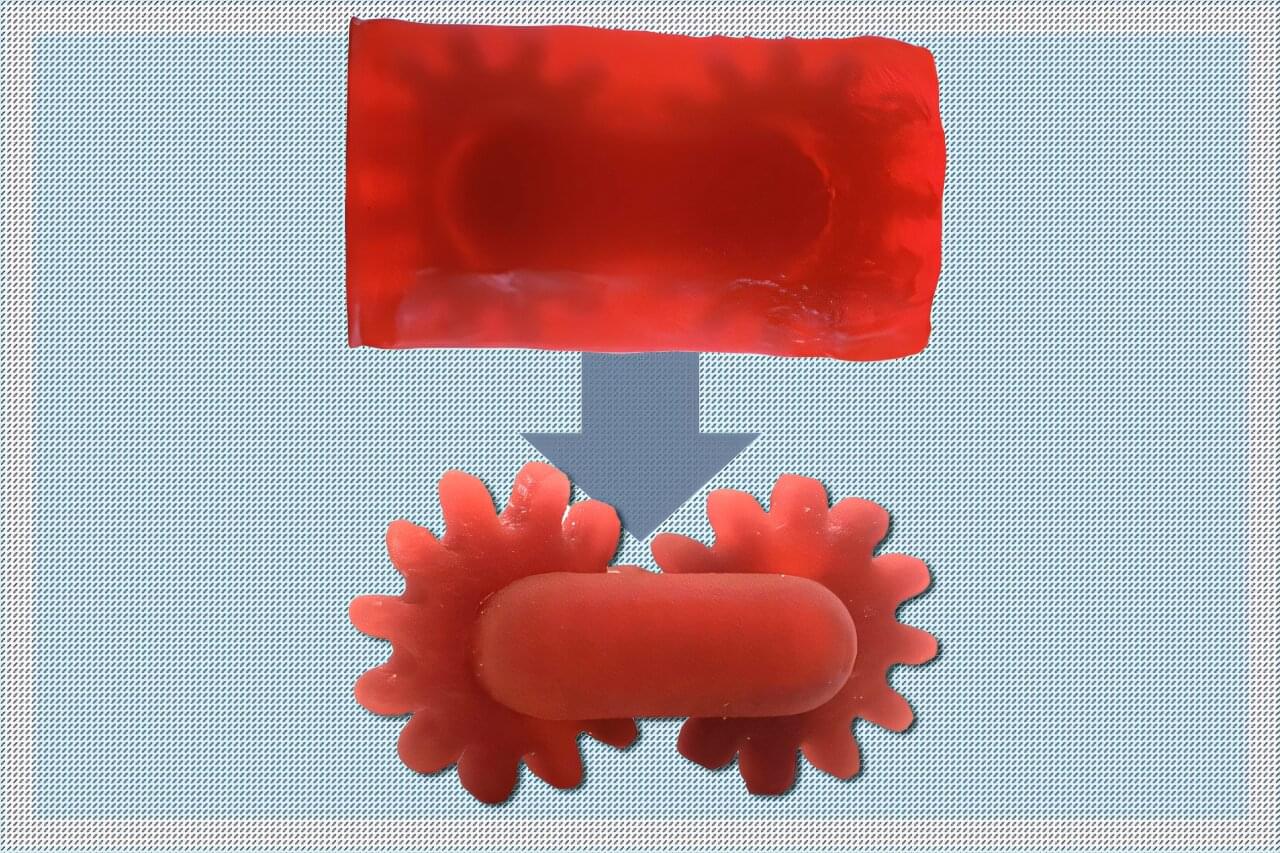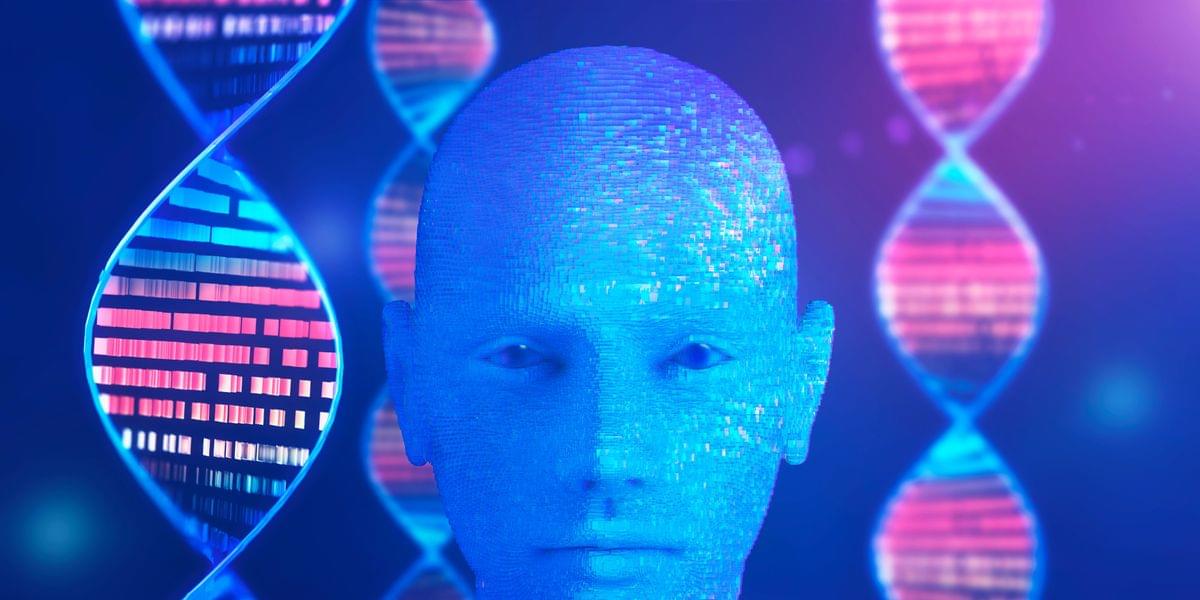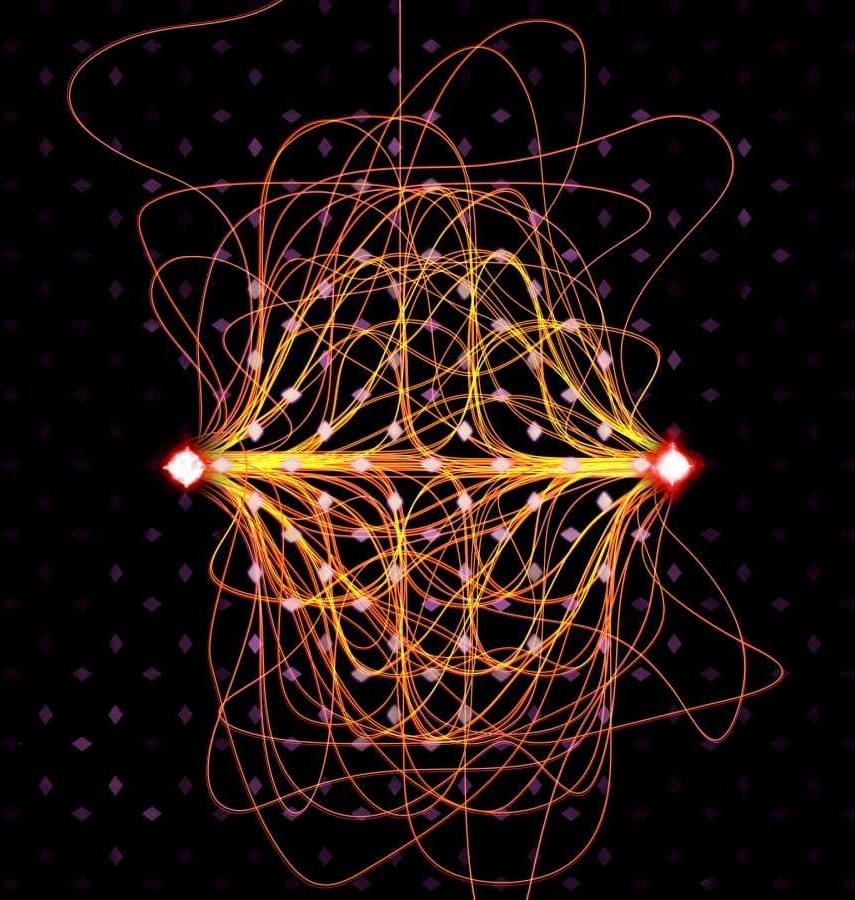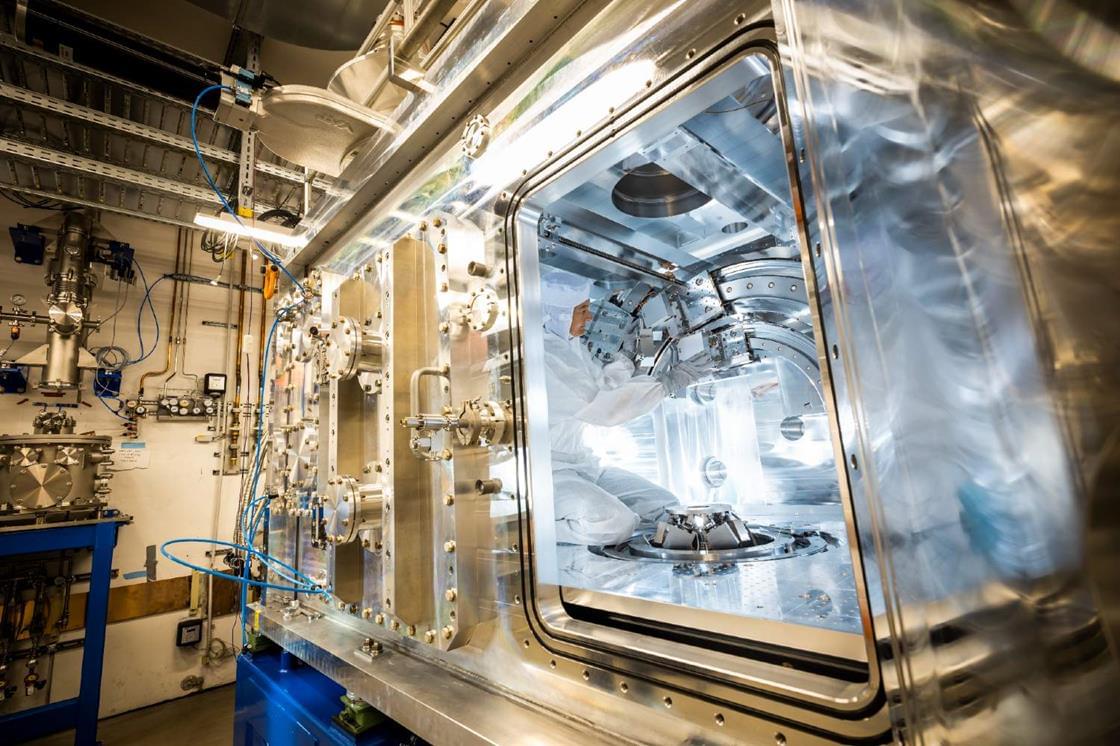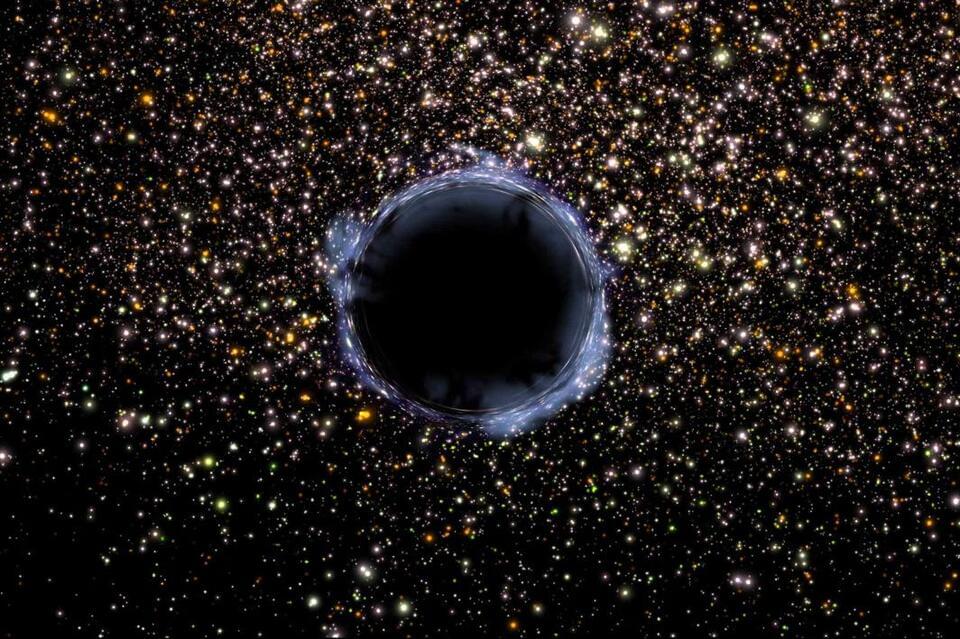We tested whether chimpanzees and children are more curious about social interactions versus a single agent (Experiment 1), whether they are willing to pay a cost to gain social information (Experiment 2), and whether they are more curious about positive or negative social interactions (Experiment 3). Combined, we found that both chimpanzees and children are socially curious creatures. Chimpanzees and children are more curious about social interactions than the actions of a single conspecific, young children and male chimpanzees are willing to pay a cost to gain social information, and boys become more curious about negative social interactions while girls become more curious about positive social interactions as they develop.
In Experiment 1, chimpanzees and children are significantly more motivated to watch videos of social interactions compared with videos of a conspecific acting alone. Children are also significantly more likely to open the social box compared with the nonsocial box, and trend towards opening the door of the social box wider. What is driving this effect? One option is that chimpanzees and children possess a specific drive to gain information about social interactions. Another option is information quantity: a social interaction between two agents naturally contains more information than does a single agent acting alone, as the interaction provides information not only about the two actors but also about the nature of their relationship. Therefore, children and chimpanzees might show stronger curiosity for social interactions compared with individual agents to gain more information.

